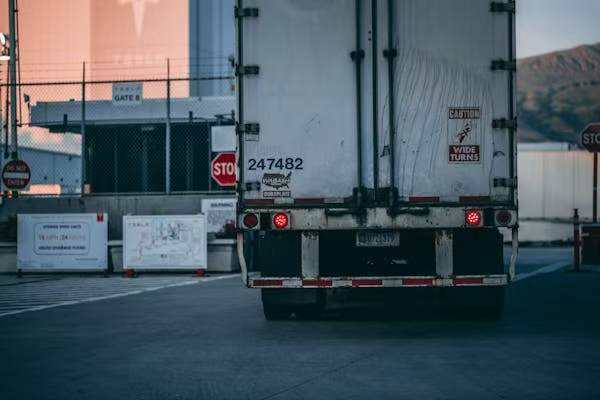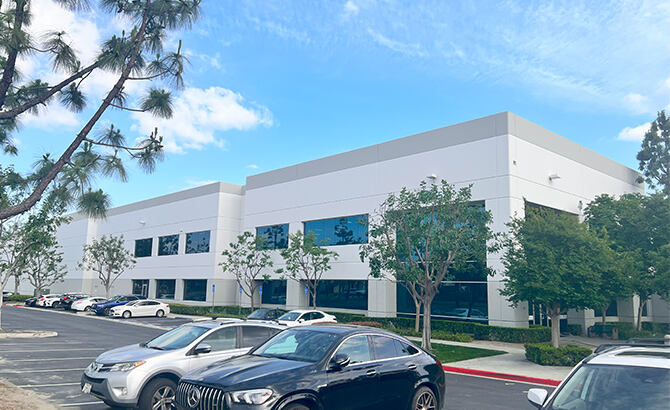
Take Control of Your Supply Chain: How U.S. Logistics Solutions is Driving Industry Dominance in Key Areas
The U.S. logistics industry is undergoing a seismic shift driven by the explosion of e-commerce, the repositioning of manufacturing, and technological disruption. With the U.S. logistics market set to reach $281 billion by 2029, U.S. logistics providers are no longer just vendors, but strategic partners who dominate specific industries through precision-engineered solutions.
🚀 E-Commerce and Retail: Conquering Peak Season and Last Mile Chaos
When a Fortune 100 home furnishings retailer faced a 57% cart abandonment rate during the holiday season, their logistics partner deployed AI-powered fulfillment centers in Chicago and Dallas - shortening the picking path by 60% and enabling 2-day delivery to 80% of the US. In addition to speed, dedicated returns processing centers transformed a $550 billion annual cost center into a profit recovery engine, using AI-powered grading to reduce reverse logistics costs by 50%. Through omnichannel integration that unifies Amazon, Shopify and B2B orders into one dashboard, the brand eliminated oversell penalties while reducing split shipments by 73% .
🏭 Manufacturing and Automotive: Precision Cross-Docking and JIT Flexibility
For a Fortune 500 automaker that was losing $22,000 per minute during production stoppages, the U.S. logistics provider established a bonded cross-docking terminal within five miles of the Port of Long Beach. They achieved 97% production uptime by implementing sub-2-hour transload service level agreements and real-time replenishment alerts synchronized with the assembly line. Rail-integrated facilities like Houston's new 140,000 sq. ft. transloading hub, with direct access via PTRA rail, provide raw material processing services to automotive suppliers, reducing inventory costs by 31% by optimizing container unloading and stacking.
🌐 Cross-Border and Global Trade: Tariff Flexibility and Railroad Innovation
The newly launched Southeast Mexico Express (SMX) corridor - a direct Class I railroad between Mexico, Texas and the southeastern U.S. - replaces 300 trucks per train while reducing cross-border transit times. Suppliers utilize C-TPAT-certified warehouses near the ports of Los Angeles and Savannah to streamline Section 321 clearance and avoid tariffs of more than 25% on Chinese manufacturers. Bonded warehouse facilities with blockchain-enabled audit logs ensure customs compliance while deferring tariffs, turning a border bottleneck into a competitive advantage.
